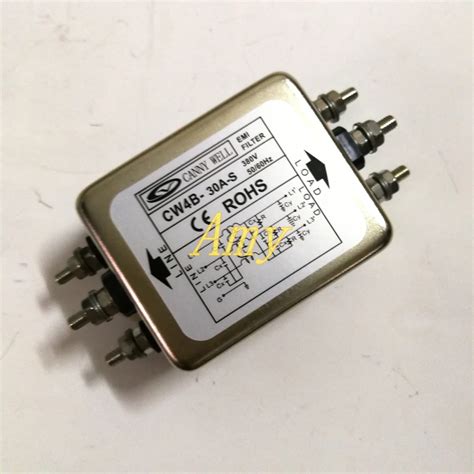
switching power supply output filter design and simulation
Introduction to Power Supply Filters Switching power supplies have become ubiquitous in modern electronic devices due to their high efficiency, compact size, and versatility. However,[…]
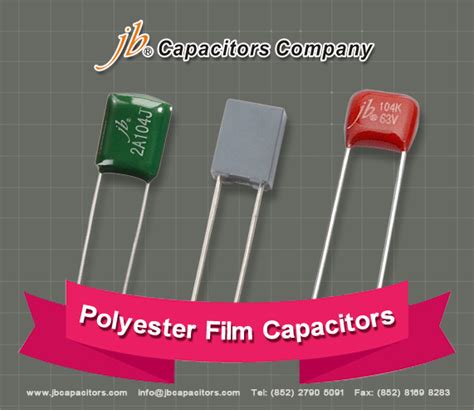
Mylar Capacitor: Its Unique Performance Explained
Introduction to Mylar Capacitors and Their Performance Mylar capacitors, also known as polyester film capacitors, are a type of capacitor that utilizes thin layers of[…]
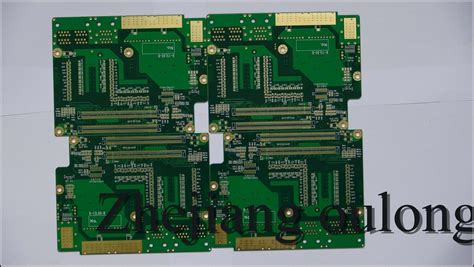
HDI PCB-The Ultimate Guide To How To Achieve A Perfect HDI
What is HDI PCB? HDI (High Density Interconnect) PCB is a type of printed circuit board that features a higher wiring density per unit area[…]
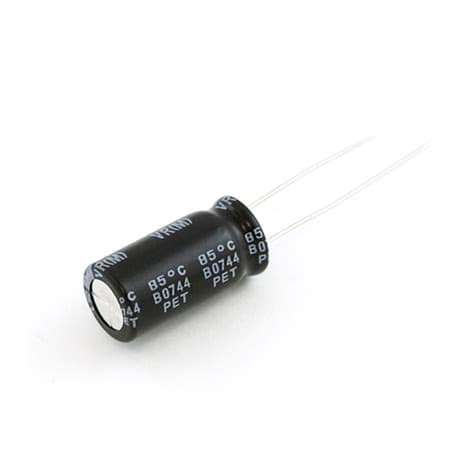
Bypass Capacitor: All you Need to Know
What is a Bypass Capacitor? A bypass capacitor, also known as a decoupling capacitor, is a small capacitor used in electronic circuits to reduce noise[…]
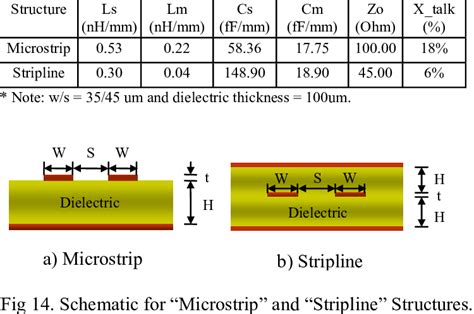
differential stripline impedance calculator
What is a Differential Stripline? A differential stripline is a type of transmission line commonly used in high-speed digital circuits for differential signaling. It consists[…]
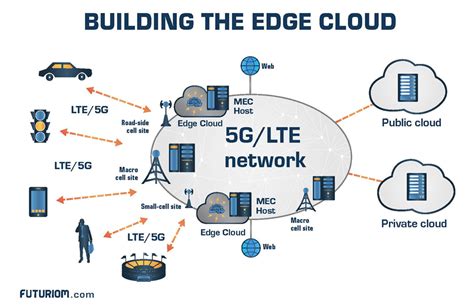
hardware design for edge computing vs cloud computing
Introduction to Edge-Cloud Hardware In recent years, the rapid growth of Internet of Things (IoT) devices and the increasing demand for real-time data processing have[…]
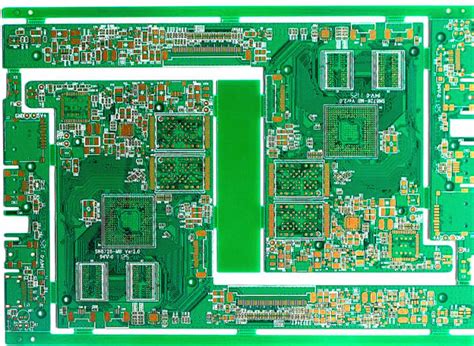
impedance calculation and cross section features pcb layout
Introduction to PCB Impedance Printed Circuit Board (PCB) impedance is a crucial factor in ensuring the integrity and reliability of high-speed electronic circuits. As signal[…]
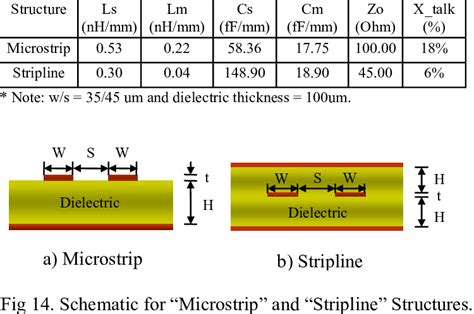
stripline impedance calculator
What is a Stripline? A stripline is a type of electrical transmission line that is commonly used in high-frequency circuit design. It consists of a[…]

switching regulator layout one or two layers
Introduction to Switching Regulator Layout Switching regulators are an essential component in modern electronic systems, providing efficient power conversion and regulation. The layout of a[…]
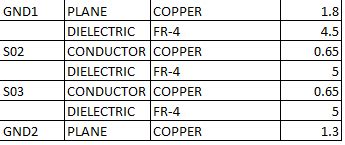
symmetric stripline impedance calculators and formulas
Introduction to Stripline Impedance Stripline is a type of transmission line that is widely used in high-frequency electronic circuits, such as microwave and radio frequency[…]